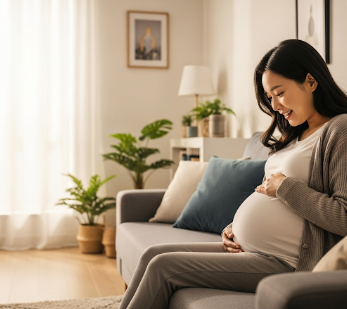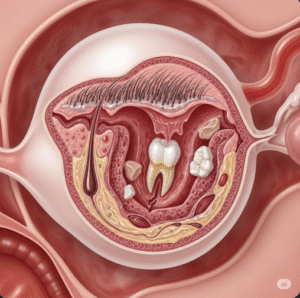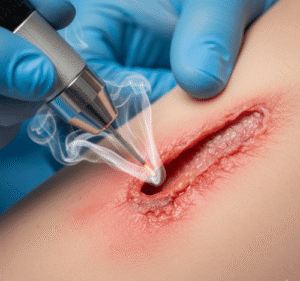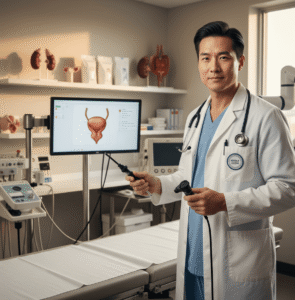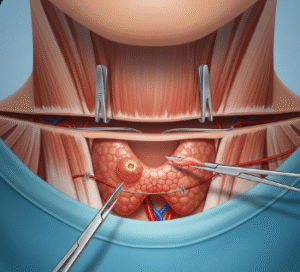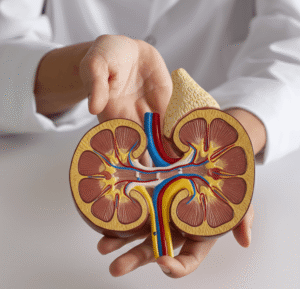Overview
Quickening is the term used to describe the first fetal movements felt by a pregnant woman, usually between 16 and 22 weeks of pregnancy. These early sensations are often described as fluttering, bubbles, or light kicks inside the abdomen. For many expectant mothers, quickening is an exciting milestone as it signifies that the pregnancy is progressing and the baby is active.
In Korea, obstetricians closely monitor fetal development and encourage women to pay attention to quickening, as it helps track fetal health, activity, and growth. Advanced prenatal care in Korea often combines maternal awareness of quickening with ultrasound scans, fetal monitoring, and counseling to ensure the well-being of both mother and baby.
➤ First noticeable fetal movements felt by the mother
➤ Usually occurs around 16–22 weeks of gestation
➤ Important sign of fetal growth and activity
➤ Plays a role in emotional bonding between mother and baby
Key Facts
➤ Quickening is felt earlier in women who have had previous pregnancies (around 16–18 weeks) compared to first-time mothers (18–22 weeks).
➤ It is often described as fluttering, bubbles, light tapping, or gentle kicks.
➤ Quickening provides reassurance of fetal health.
➤ Absence of movements beyond 22–24 weeks requires medical evaluation.
➤ In Korea, obstetricians use ultrasound and Doppler fetal monitoring to assess movement if the mother is unsure.
What is Quickening in Pregnancy?
Quickening refers to the first perception of fetal movements by the mother during pregnancy. These movements occur because the developing fetus begins to move its limbs, stretch, and respond to stimuli.
In medical practice:
➤ Quickening is considered an important milestone in antenatal care.
➤ Historically, quickening was used to confirm pregnancy before modern diagnostic tools were available.
➤ Today, while ultrasounds detect fetal activity much earlier, quickening remains a natural, reassuring event for mothers.
What Symptoms Are Related To
Quickening itself is not a medical problem but a normal pregnancy milestone. The sensations are related to:
➤ Early fetal kicks, stretches, and rolls
➤ Gentle tapping, fluttering, or bubbling sensations in the abdomen
➤ Movements that gradually become stronger and more regular as pregnancy advances
➤ Emotional reassurance and bonding between mother and baby
➤ May initially feel irregular but become more consistent in the third trimester
What Causes / Possible Causes
Quickening is caused by fetal activity as the baby grows and develops:
➤ Fetal limb movement: stretching, kicking, or shifting position
➤ Response to maternal activity: movements may increase after meals or when the mother is resting
➤ Growth of fetal muscles and bones: stronger movements as development progresses
➤ Maternal sensitivity: some women feel it earlier depending on uterine wall thickness, placenta position, and previous pregnancy experience
When Should I See My Doctor
Quickening is usually a positive and expected sign. However, you should see a doctor if:
➤ No fetal movements are felt by 22–24 weeks of pregnancy
➤ Movements suddenly decrease or stop later in pregnancy
➤ Quickening is associated with severe abdominal pain, bleeding, or cramping
➤ You are unsure whether the sensation is normal and want reassurance
In Korea, regular prenatal check-ups ensure monitoring of fetal growth and development if there are concerns about movement.
Care and Treatment
Quickening does not require medical treatment since it is a normal pregnancy symptom. However, monitoring and awareness are important:
➤ Self-care and monitoring
➤ Keep track of when you first feel movements.
➤ Later in pregnancy, count kicks to monitor baby’s health.
➤ Medical follow-up
➤ If movements are absent or reduced, doctors may perform ultrasound or Doppler fetal monitoring.
➤ Korean clinics often provide 3D and 4D ultrasound scans to reassure mothers and visualize fetal activity.
➤ Emotional care
➤ Quickening helps mothers feel connected to their baby.
➤ Counseling and prenatal classes in Korea often emphasize bonding through awareness of movements.
Treatment Options in Korea
In Korea, prenatal care around quickening is integrated with advanced maternal-fetal monitoring systems:
➤ Top Hospitals & Clinics
➤ Samsung Medical Center (Seoul): High-tech prenatal imaging and monitoring
➤ Asan Medical Center: Specialized maternal-fetal medicine unit
➤ Seoul National University Hospital (SNUH): Comprehensive prenatal care with advanced diagnostics
➤ CHA Fertility & Women’s Hospital: Prenatal counseling and fetal well-being assessments
➤ Diagnostic Tools in Korea
➤ Ultrasound scans to check fetal movements and growth
➤ Non-stress tests (NSTs) in later pregnancy to monitor fetal heart rate and activity
➤ Kick count guidance for mothers to track fetal health at home
➤ Modern Supportive Care
➤ Prenatal yoga and exercise programs to promote maternal well-being and awareness of fetal activity
➤ Mother-baby bonding sessions offered by many Korean maternity centers
➤ Nutrition and lifestyle counseling to support fetal growth and movement patterns

